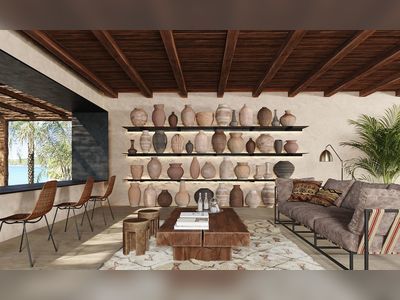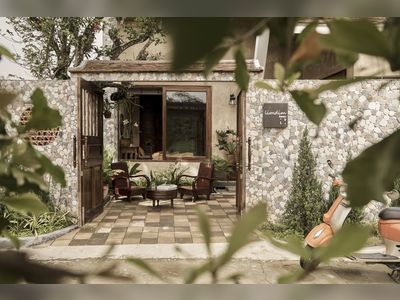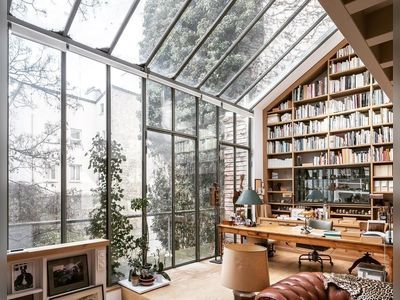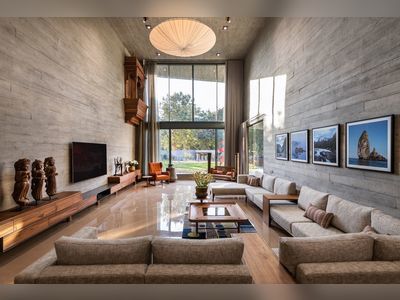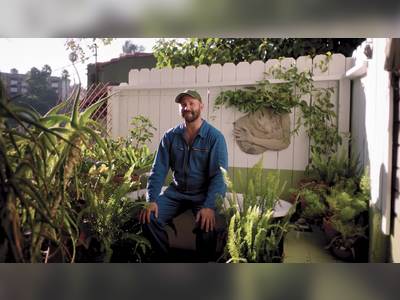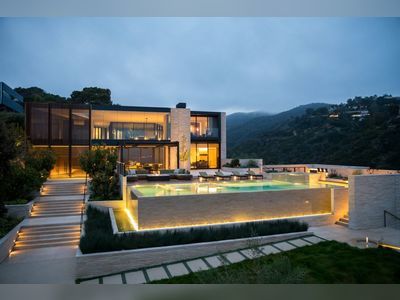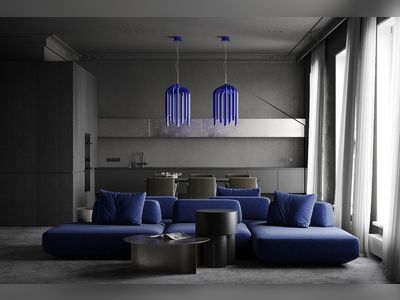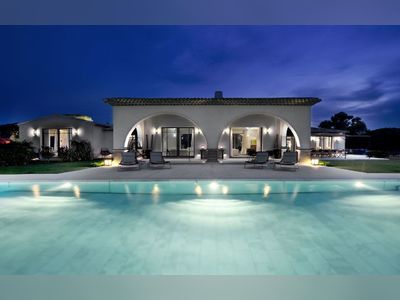Interior designer Alinda Morris had a bit of an advantage when it came to redesigning the kitchen in her 1963 home in Gig Harbor, Washington. “I wanted a sustainable design that looked as good as the high-end kitchens I’ve designed for my clients,” she says.
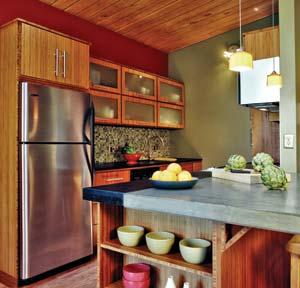
Alinda chose her efficient refrigerator based on the smallest model that could hold her family's meals for one week. She found the concrete slab that forms the island at a salvage store.
Even with her design background, Alinda had obstacles to overcome. Her budget was just a fraction of what many homeowners spend on kitchen remodels. And the galley-shaped space was tiny, just 12 by 8 feet. “I have clients whose closets are bigger than my kitchen,” she laughs.
Alinda kept the original range and dishwasher and found the smallest possible refrigerator, an 18.3-cubic-foot Frigidaire that uses 479 kilowatts per year. The model isn’t Energy Star labeled, but its size saves nearly 200 kilowatts per year over a larger, standard-sized Energy Star unit. As a further energy-conscious measure, she pays a premium for green power from her utility, Peninsula Light Company.
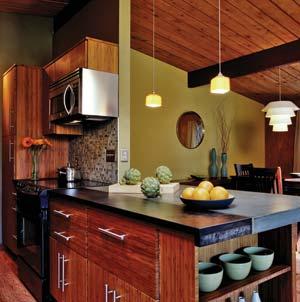
Our Kitchen of the Year homeowner, Alinda Morris, left the trim off her custom Plyboo cabinets to highlight the beautiful grain of the bamboo.
Next, Alinda hired Finn Jensen of Evergreen Custom Cabinetry and Design, the only craftsperson she found who would build cabinets but let her finish them herself. Jensen built cabinets out of Plyboo, a sustainable, laminated bamboo product that’s low in toxic formaldehyde. Alinda then finished them with OSMO Polyx Oil, a durable, low-VOC hardwax oil. “It dries to a satin sheen, it’s waterproof, and I can wash it with soap and water,” she says.
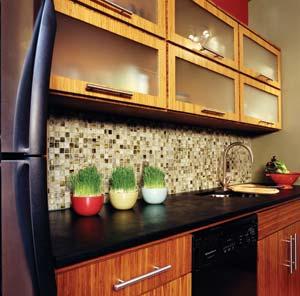
Alinda Morris found the tiles for her backsplash languishing in the corner of her employer's warehouse. "I loved the tiles' depth and variation of color," she says, "but I never could have afforded them at market prices." She soaked the tiles in water, cleaned off the old mortar and installed them in her kitchen.
For the countertops, Alinda visited the Environmental Home Center in nearby Seattle and found PaperStone Certified, a hardy material made from 100 percent post-consumer paper and cashew-nut resin. It’s heat resistant and waterproof, making it a great choice for the kitchen.
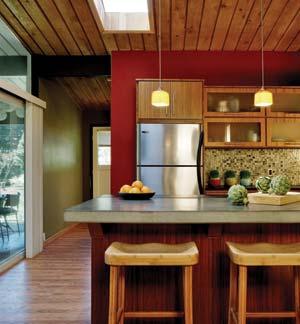
The kitchen is a fusion of elegance and sustainable, smart design.
On the kitchen island, Alinda installed a chunk of concrete she found at a salvage yard; it had sat outside for more than a year and developed a lovely weathered patina. “It’s 3 inches thick and has this nice visual weight,” she says. “When I first saw it, I knew I’d use it in the kitchen.” The backsplash was a true labor of love; Alinda rescued used tiles she found in a warehouse her employer owns, cleaned them and reinstalled them.
Morris believes the remodel is one of her best efforts. “It has clean lines and bold colors. The best compliment came from my neighbor, who said, ‘This kitchen is so you!’”
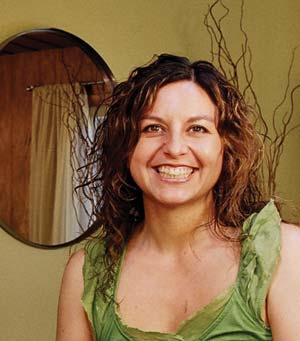
Interior designer Alinda Morris put her skills to the test in her own kitchen.
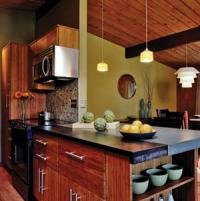
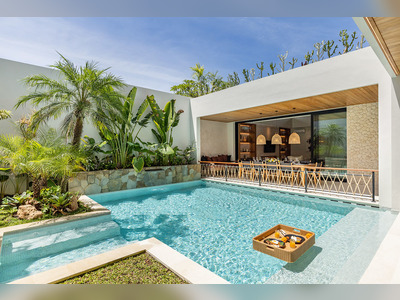
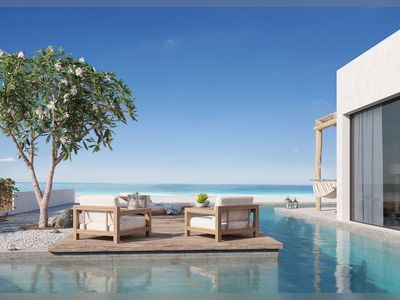
![A Tranquil Jungle House That Incorporates Japanese Ethos [Video]](/images/22/08/b-2ennetkmmnn_t.jpg)
